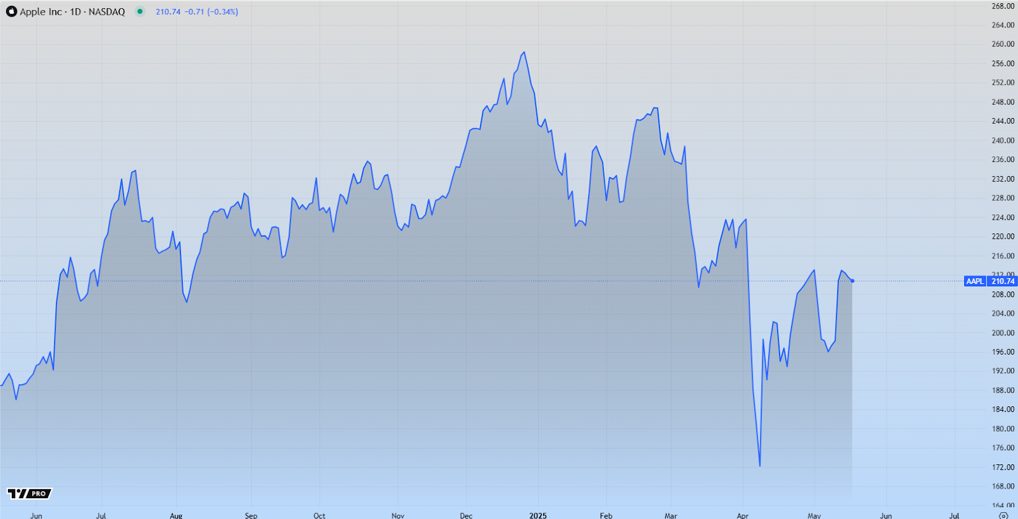You’ve come here to find out how long it takes a solar panel to charge a 12V battery. In most circumstances, depending on the size of the battery, completely charging a 12-volt automobile battery with a solar panel capable of producing 1 amp of current will take between 5 and 8 hours.
A solar battery is a type of energy storage device that may be used in conjunction with both off-grid and hybrid solar systems. Solar panel batteries, solar power batteries, and solar battery storage are all terms for the same thing. For power backup, solar batteries are intended to work with a solar charger controller or a solar inverter. You can use the surplus electricity generated by your solar panels throughout the day by storing it in a solar battery and using it as needed later.

Since the outbreak of the coronavirus, Solar providers like Loom Solar had a flood of inquiries from individuals who want to know if being energy self-sufficient with a solar power system and batteries is feasible. While the desire for energy independence is commendable, it is important to remember that it is not available to everyone. Indeed, making compromises isn’t always simple and takes a great deal of energy management, not to mention a hefty financial price tag.
What is the typical solar battery capacity?
A battery’s capacity is the quantity of energy it can store. It is measured in ampere-hours (Ah) and is determined by the properties of the materials it includes. It ranges from 5 to 1500 Ah per battery, with 50 to 150 Ah being the most typical capacity.
The more the energy autonomy provided by a battery, the bigger its capacity. Higher capacity batteries are thus recommended, despite the fact that their purchasing price is higher than that of smaller capacity batteries.
What will happen if connected two 12v batteries?
The most common solar panel to battery wire connection is 12V. PV panels and batteries are often linked in parallel to produce the 12VDC to 120/230VAC system.
The majority of solar panels and batteries are available in a variety of voltages, such as 2/24/36V. You’ll need to wire the system in parallel if you wish to add more capacity. Assume a single battery lasts 6 hours and operates a ceiling fan. Two batteries (of the same capacity) placed in parallel can power the same fan for 12 (almost double) hours. Furthermore, the two parallel-connected solar panels will swiftly charge the batteries and provide additional power.
The amperage is increased by connecting two batteries in parallel, but not the voltage. The negative terminals of both batteries are connected via parallel wiring, as are the positive terminals of both batteries. If you’re putting 12v lithium battery together, parallel wiring is OK, but most people will need a battery bank that can provide 24 or 48 volts, in which case series-parallel wiring is required.
In the event of a 12V system, such as a 12V charge controller and inverter, this parallel wiring design is required. As a result, two or more solar panels and batteries are wired together in parallel.





